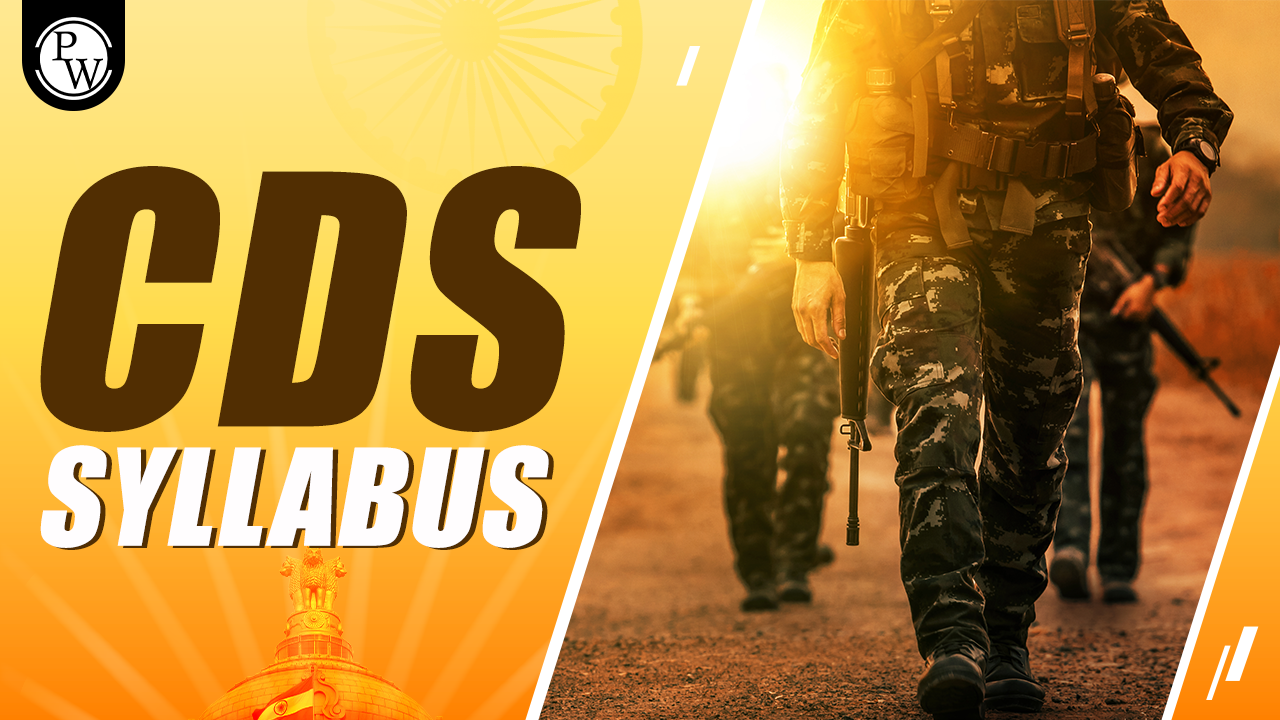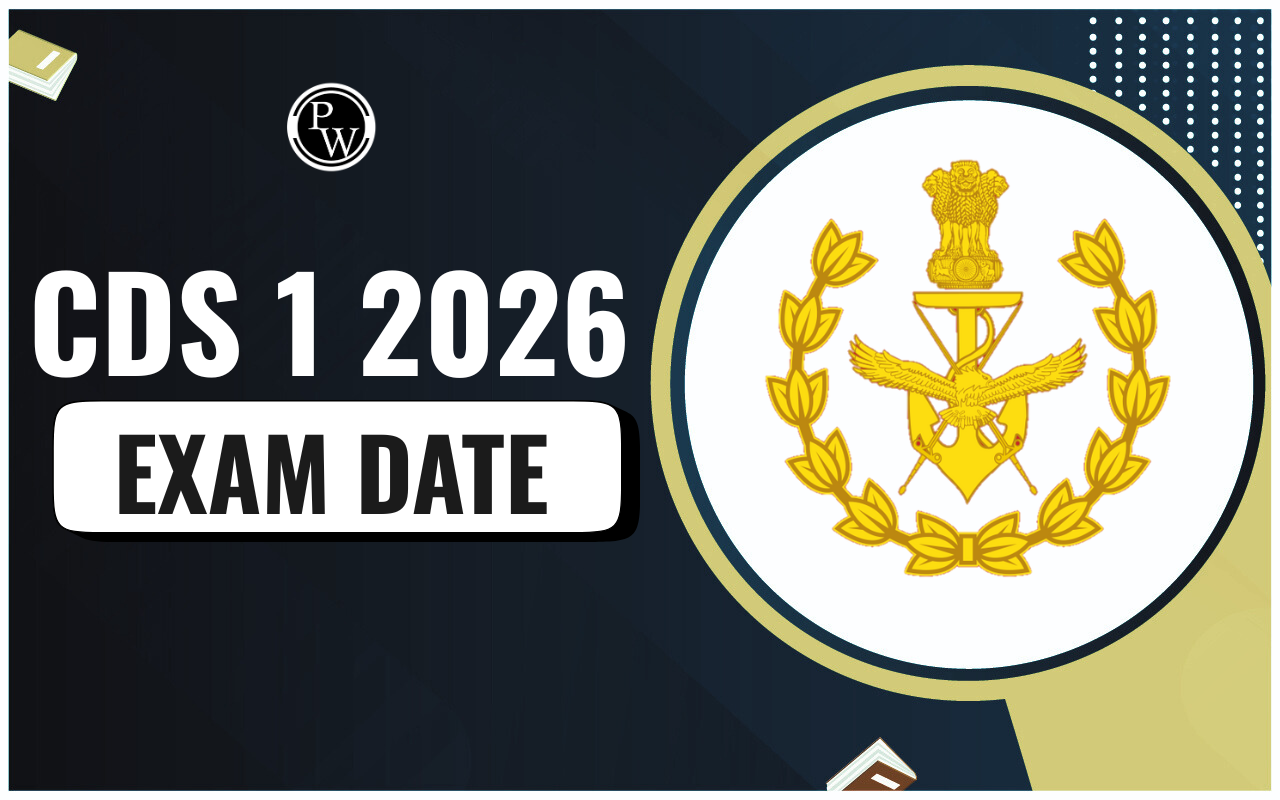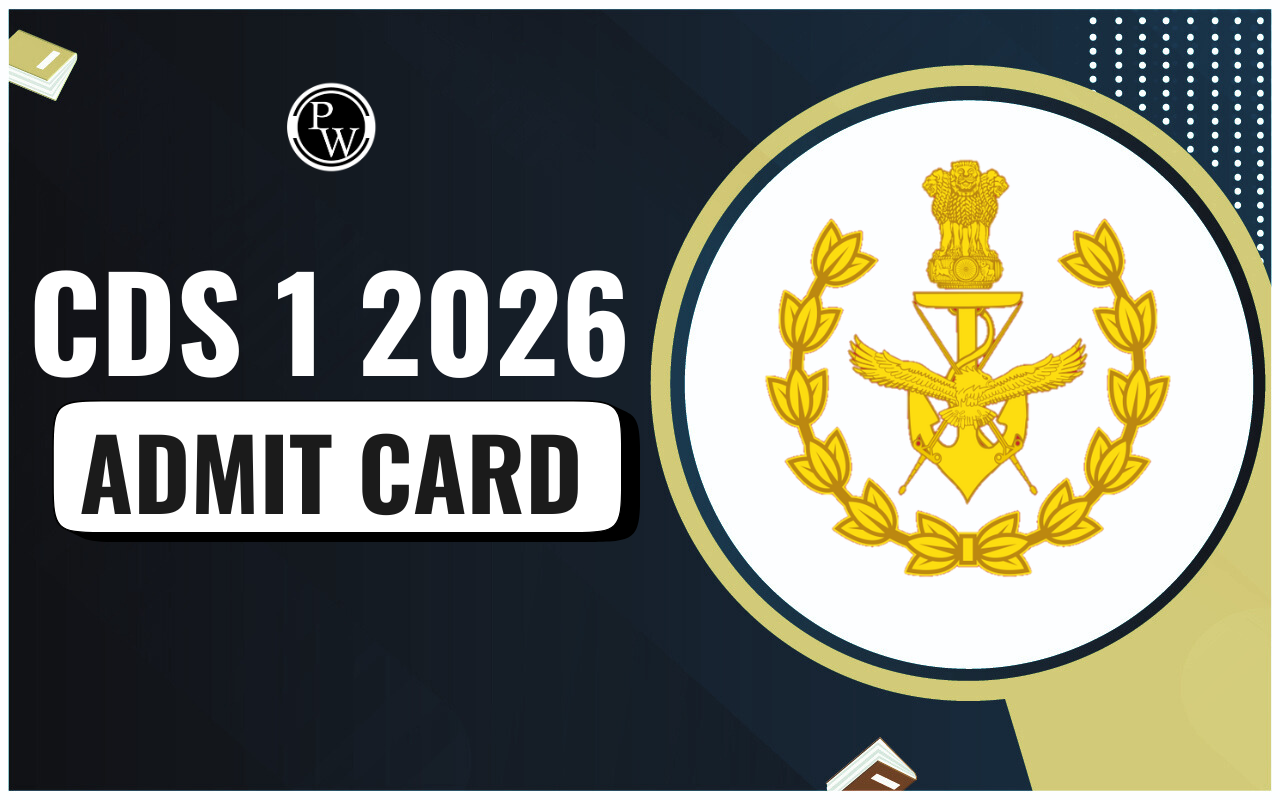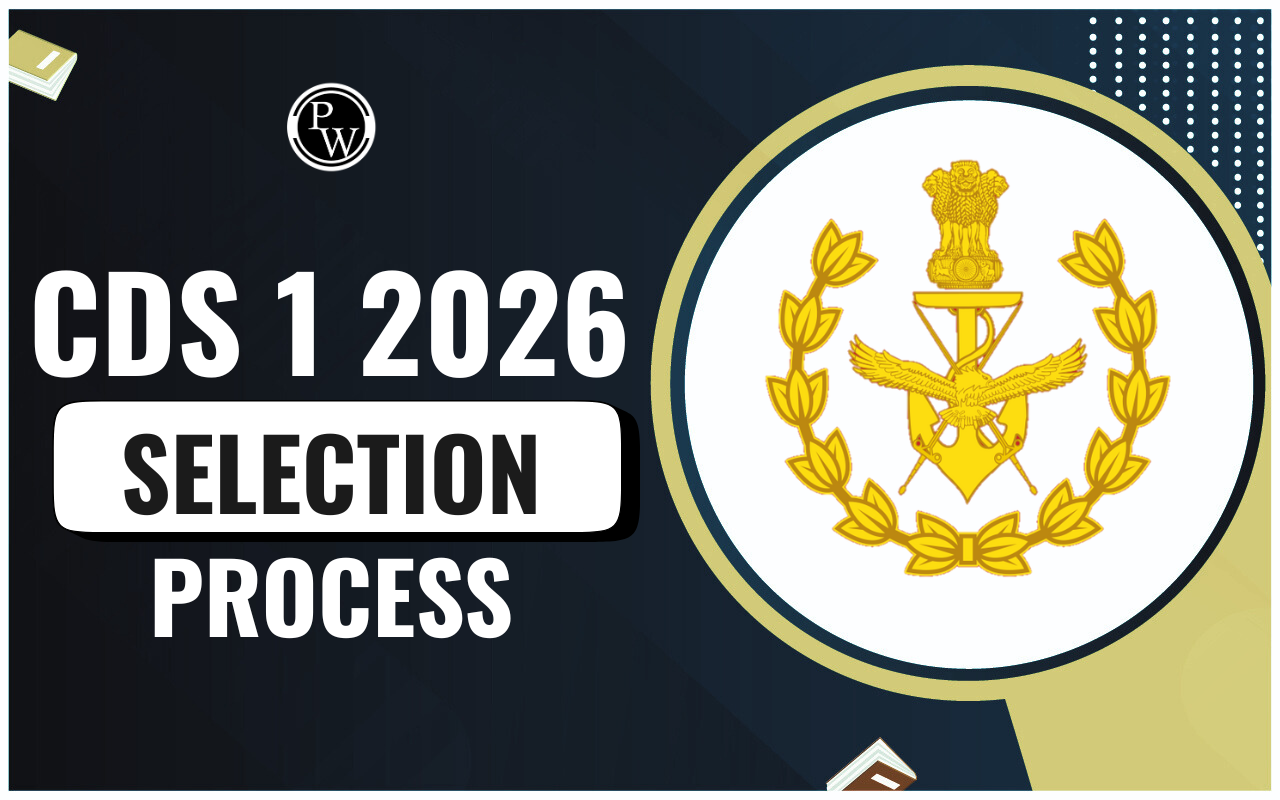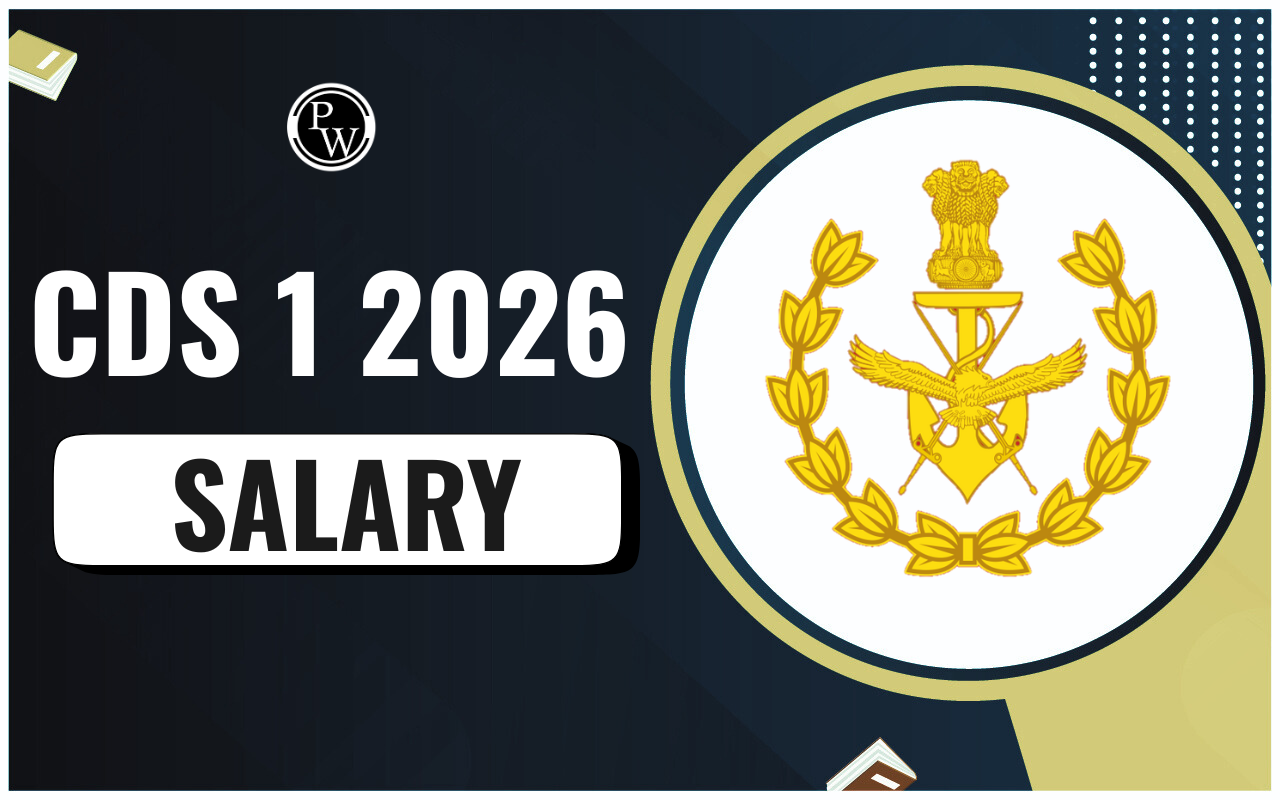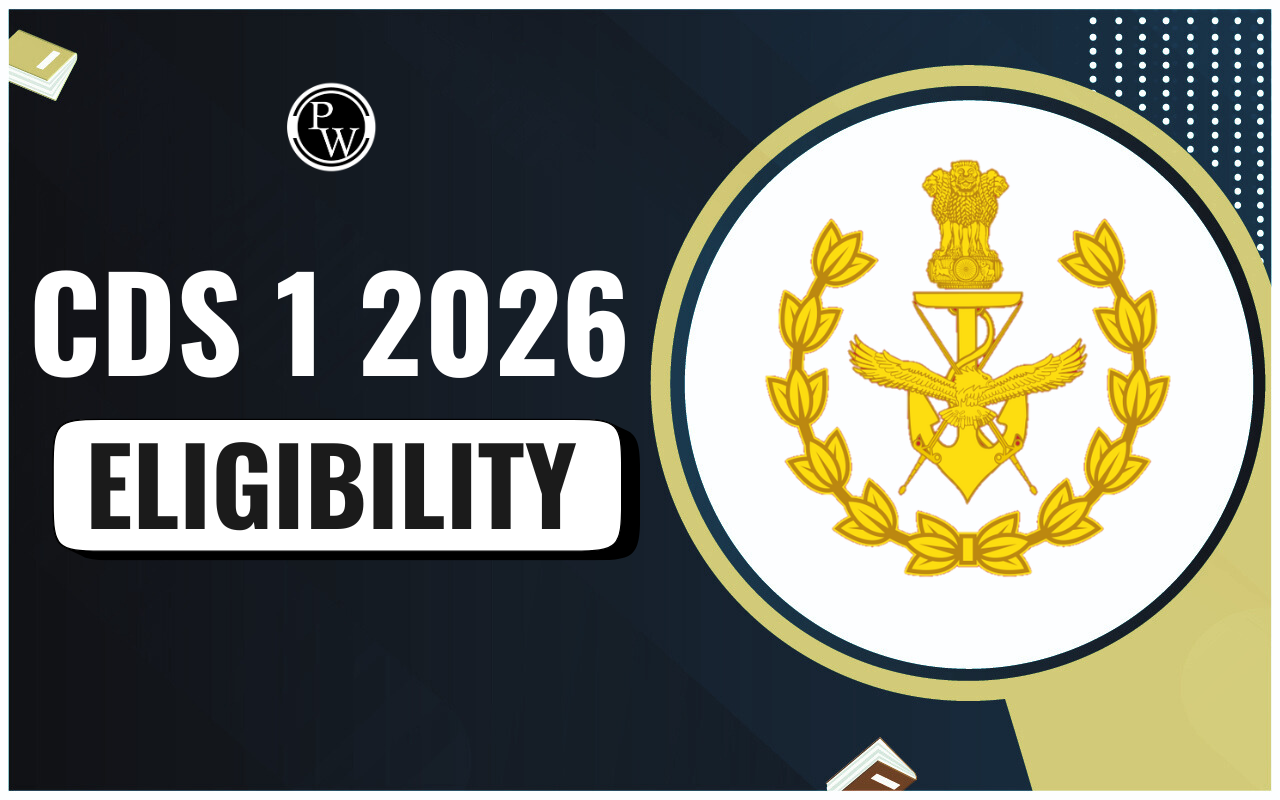
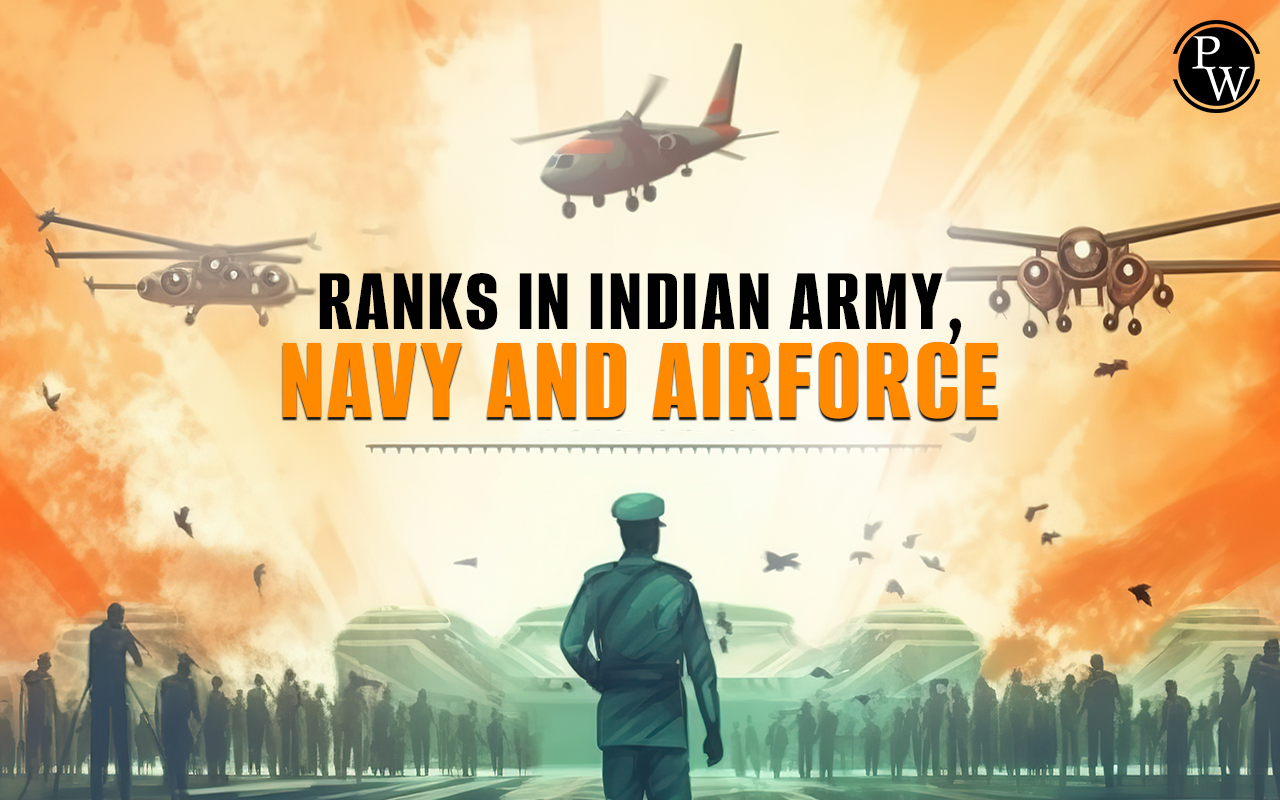
Ranks in Indian Army, Air Force, and Navy: The Indian Armed Forces, consisting of the Army, Navy, and Air Force, play a major role in protecting the nation's security and sovereignty. While these three branches have distinct roles and operations, they frequently collaborate on joint missions. The Army, Navy, and Air Force ranks are organized within a structured hierarchy of ranks and designations. This well-organized system ensures smooth command, control, and efficient execution of operations across the three branches. In this article, we will have a closer look at the ranks and their significance in the Indian Army, Air Force, and Navy.
Officer Ranks: Army vs Navy vs Air Force
The Indian Armed Forces consist of three primary branches: the Army, Navy, and Air Force, each with its own distinct rank system. However, the ranks across these branches correspond closely for coordination and command purposes. Understanding the equivalence of officer ranks helps in appreciating the hierarchy and responsibilities of officers in different services. The table below presents a side-by-side comparison of the equivalent officer ranks in the Army, Navy, and Air Force.
|
Officer Ranks: Army vs Navy vs Air Force |
||
|---|---|---|
|
Indian Army Rank |
Indian Navy Rank |
Indian Air Force Rank |
|
Field Marshal (Honorary) |
Admiral of the Fleet (Honorary) |
Marshal of the Indian Air Force (Honorary) |
|
General |
Admiral |
Air Chief Marshal |
|
Lieutenant General |
Vice Admiral |
Air Marshal |
|
Major General |
Rear Admiral |
Air Vice Marshal |
|
Brigadier |
Commodore |
Air Commodore |
|
Colonel |
Captain (IN) |
Group Captain |
|
Lieutenant Colonel |
Commander |
Wing Commander |
|
Major |
Lieutenant Commander |
Squadron Leader |
|
Captain |
Lieutenant |
Flight Lieutenant |
|
Lieutenant |
Sub Lieutenant |
Flying Officer |
Ranks in Indian Army, Navy, and Air Force: Lowest to Highest
The ranks in the Indian Army, Navy, and Air Force are structured hierarchically, reflecting the levels of responsibility and command authority. Each branch has its distinct rank names, but the hierarchy pattern—from junior levels to the highest ranks—is similar to maintain organizational discipline and clarity. Below is a comprehensive table listing the ranks in ascending order, from the lowest to the highest, across the three services.
|
Ranks in Indian Army, Navy, and Air Force: Lowest to Highest |
|||
|---|---|---|---|
|
Rank Level |
Indian Army |
Indian Navy |
Indian Air Force |
|
Lowest Enlisted Rank |
Sepoy |
Seaman |
Aircraftman |
|
Non-Commissioned Officers |
Lance Naik |
Leading Seaman |
Leading Aircraftman |
|
Naik |
Able Seaman |
Corporal |
|
|
Havildar |
Petty Officer |
Sergeant |
|
|
Junior Commissioned Officers (JCO) |
Naib Subedar |
Chief Petty Officer |
Junior Warrant Officer |
|
Subedar |
Master Chief Petty Officer 2nd Class |
Warrant Officer |
|
|
Subedar Major |
Master Chief Petty Officer 1st Class |
Master Warrant Officer |
|
|
Junior Commissioned Officers & Rank Collars |
Officer Cadet |
Midshipman |
Officer Cadet |
|
Commissioned Officers |
Lieutenant |
Sub Lieutenant |
Flying Officer |
|
Captain |
Lieutenant |
Flight Lieutenant |
|
|
Major |
Lieutenant Commander |
Squadron Leader |
|
|
Lieutenant Colonel |
Commander |
Wing Commander |
|
|
Colonel |
Captain |
Group Captain |
|
|
Brigadier |
Commodore |
Air Commodore |
|
|
Major General |
Rear Admiral |
Air Vice Marshal |
|
|
Lieutenant General |
Vice Admiral |
Air Marshal |
|
|
Highest Rank |
General |
Admiral |
Air Chief Marshal |
|
Ceremonial Highest Rank |
Field Marshal (Honorary) |
Admiral of the Fleet (Honorary) |
Marshal of the Indian Air Force (Honorary) |
Equivalent Ranks in Indian Army, Air Force, and Navy
The structured Indian armed forces ranks within the Army, Navy, and Air Force are a testament to discipline and duty. They represent the dedication and commitment of the personnel who safeguard the country's borders and interests, working together to uphold national security. Understanding equivalent ranks across these branches is crucial for effective communication and cooperation. Let us understand the equivalent ranks in Indian Army, Navy, and Air Force through the comparison table below.
Also, Indian Army History, Roles, and FunctionsRanks of Commissioned Officers
Commissioned Officers are leaders in command roles across the services. These Army Air Force Navy ranks define their level of authority and seniority:
- Indian Army Ranks: The highest rank is Field Marshal, followed by General, Lieutenant General, Major General, Brigadier, Colonel, Lieutenant Colonel, Major, and Captain.
- Indian Navy Ranks: The Navy has Admiral of the Fleet, Admiral, Vice Admiral, Rear Admiral, Commodore, Captain, Commander, and Lieutenant Commander.
- Indian Air Force Ranks: The Air Force ranks include Marshal of the Indian Air Force, Air Chief Marshal, Air Marshal, Air Vice Marshal, Air Commodore, Group Captain, Wing Commander, Squadron Leader, and Flight Lieutenant.
| Air Force | Army | Navy |
|---|---|---|
| Marshal of the Indian Air Force | Field Marshal | Admiral of the Fleet |
| Air Chief Marshal | General | Admiral |
| Air Marshal | Lieutenant General (Army Commodore / VCOAS) | Vice Admiral / FOC-in-C / VCNS |
| Air Vice Marshal | Lieutenant General | Vice Admiral |
| Air Commodore | Brigadier | Captain |
| Group Captain | Colonel | Captain |
| Wing Commander | Lieutenant Colonel | Commander |
| Squadron Leader | Major | Lieutenant Commander |
| Flight Lieutenant | Captain | Lieutenant |
| Flying Officer | Lieutenant | Sub Lieutenant |
| Flight Cadet | - | - |
Ranks of Non-Commissioned Officers
Junior Commissioned Officers (JCOs), non-commissioned officers (NCOs), and other ranks are essential for the operational efficiency of the armed forces. They serve as an important link between officers and soldiers, ensuring the execution of orders and maintaining overall discipline.
Junior Commissioned Officers: These individuals serve as a vital link between officers and soldiers, ensuring the smooth execution of orders and maintaining discipline.
- Indian Army: JCOs like Subedar Major, Subedar, and Naib Subedar, along with other ranks like Havildar, Naik, Lance Naik, and Sepoy.
- Indian Navy: The Navy's JCOs include Master Chief Petty Officer I, Master Chief Petty Officer II, Chief Petty Officer, and Petty Officer, while other ranks consist of Leading Seaman, Able Seaman, and Seaman.
- Indian Air Force: The Air Force's JCOs encompass Warrant Officers and Junior Warrant Officers, while NCO/Other Ranks include Sergeants, Corporals, Leading Aircraftsmen, and Aircraftsmen.
| Indian Army Rank | Indian Navy Rank | Indian Air Force Rank |
|---|---|---|
| Subedar Major | Master Chief Petty Officer I | Warrant Officer |
| Subedar | Master Chief Petty Officer II | Warrant Officer |
| Naib Subedar | Chief Petty Officer | Junior Warrant Officer |
NCO/Other Ranks
| Indian Army Rank | Indian Navy Rank | Indian Air Force Rank |
|---|---|---|
| Havildar | Petty Officer | Sergeant |
| Naik | Able Seaman | Corporal |
| Lance Naik | Leading Seaman | Leading Aircraftsman |
| Sepoy | Seaman | Aircraftman |
Ranks in Indian Army After NDA Training
After completing training at the National Defence Academy (NDA) and respective service academies, cadets are commissioned as Lieutenants in the Indian Army. This is the starting point in the army ranks, from which officers progress based on experience, exams, and merit. The journey from Lieutenant to General reflects increasing responsibility and leadership.
Ranks in the Indian Armed Forces signify not only an individual's experience and authority but also the responsibilities they shoulder. The hierarchy ensures that orders are carried out efficiently, morale is maintained, and operational effectiveness is achieved. Whether on land, in the air, or at sea, the ranks within these branches contribute to the nation's security and defense in their unique ways.
Ranks in Indian Army, Airforce and Navy
What is the highest rank in the Indian Army?
Which rank in the Indian Navy is equivalent to General in the Army and Air Force?
What are the ranks of Junior Commissioned Officers (JCOs) in the Indian Air Force?
What is the rank structure for Non-Commissioned Officers (NCOs) in the Indian Navy?
What is the primary role of Junior Commissioned Officers (JCOs) in the armed forces?
Are there insignia differences in Indian Army ranks?
What are the ranks in the Indian Army Medical Corps?

